Mobile off-line or transmission of information using the semi-automatic method
Formulation of the problem
Increasingly, one can hear that the Internet is becoming the “Internet of Things”. More and more devices are connected to the network and begin to live according to their own (established by the manufacturers) laws. Some of these devices connect to the network using wires, some - using Wi-Fi, and the rest - using 2G / 3G / 4G mobile technology. If we are talking about stationary devices, whose work is important, then they are usually connected with wires (copper, optics, xDSL). In a small radius from the router, Wi-Fi is also often used, but if you want to connect transport to the network, then, of course, 2G / 3G / 4G is used. Examples of such devices include refrigerators, microwaves, coffee makers and washing machines.
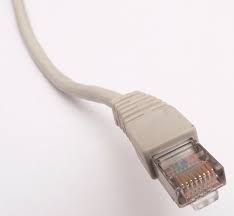 | 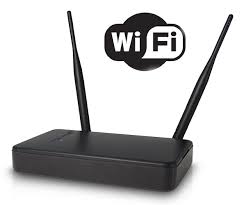 | 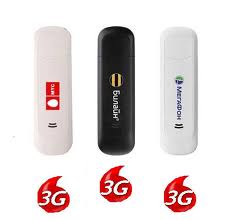 |
I would like to consider a slightly different case. Suppose we have a set of sensors, information from which is important enough for us, but at the same time we are ready to accept partial data loss and we are not very worried about their late delivery. For example, we monitor the temperature and humidity readings in the forest. Let us have 100 devices with sensors. If we get information late in a few hours - it's not so scary. If a part of the devices fails, we will assume that we compensate for this shortcoming with a slightly excessive amount of these same sensor devices. Let's consider the situation from an economic point of view. Pull the wires to each of the devices - very expensive. In addition, serious sums will go monthly to support the infrastructure (suddenly a bear or a boar will break the cable or the mushroom pickers will carry it home). Wi-Fi is also not an option. Where to take for such long-range modules and how to power them? You can, of course, mount them somewhere on the pillars, but then how much should you pay to install these pillars? Can use 2G / 3G / 4G? Perhaps an option, however, if the population density is low, then there may be a cellular connection and it is not there at all, or it is bad and plus the power and cost of cellular communication multiplied by 100. So what is the way out? Let's think about it.
Possible Solution
And what if you do not run after the connection, and the connection will run after us, or rather walk, ride, fly along a certain route, so that by means of wireless communication you can read the accumulated information from the sensors, accumulate it and send where you need even by using E- mail?
First of all, we proceed from the fact that the sensors consume little energy, then you can use ordinary solar batteries with batteries, which accumulate energy during the day and give up at night. Wireless Wi-Fi modules are now inexpensive and exist for Arduino, Raspberry Pi, Cubeitrack and other systems.
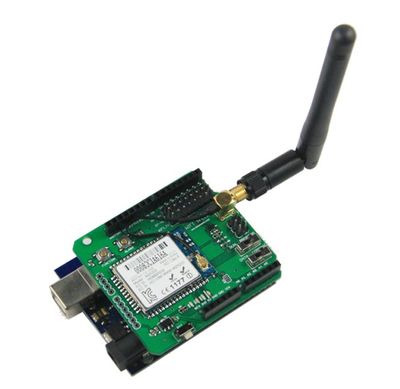 | 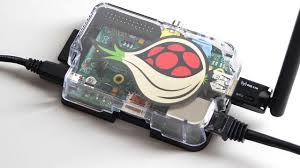 | 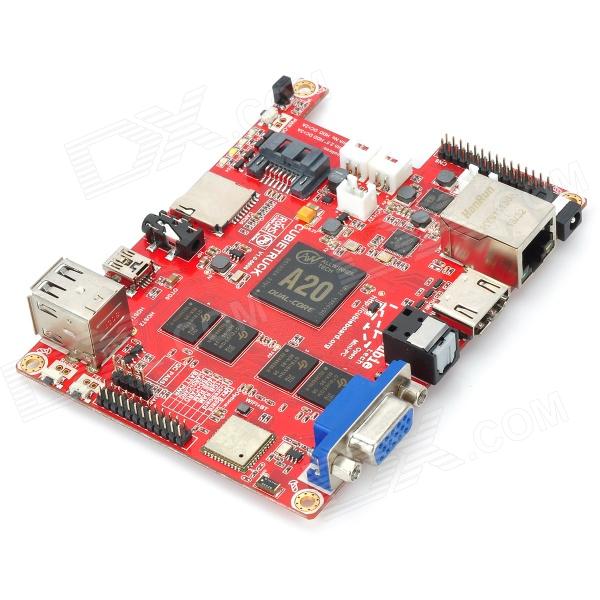 |
Here's how, in my opinion, the information transfer scenario might look like:
')
Scenario device with sensors (client)
- The device accumulates readings from sensors.
- In parallel, it is possible on a schedule (in order to save energy), the air is being monitored for the presence of a network with a certain SSID.
- In the case of detection of a given network is connected to it.
- Next comes the transfer of data to a specific network port and, possibly, the receipt of a “CO from the Center”.
Scenario device intermediary (postman)
- The application listens to a specific port and accepts parcels. Each package contains the address to whom it is intended and the actual data. In order to protect information, you can encrypt it and use authentication mechanisms in order to avoid possible substitution.
- If you are connected to the Internet, send emails to recipients or use other protocols to transfer data (ftp, http, ...).
- It is also possible to receive return messages, download them and then send them to client devices during the next communication sessions.
Scenario of the head unit (server)
- We look through mail for new messages.
- We receive, we process (we add to the database).
- If necessary, generate reverse parcels and send them.
It makes no sense to keep Wi-Fi on all the time, as mentioned above, you can go on scheduled communication sessions. In addition, the main energy is spent on the transfer, and the transfer will begin only when the postman is in our visibility zone.
Who can be a postman?
- Motor transport plying on a certain route
- Drone
- Small aircraft
- Cyclist
- Just a man with a smartphone
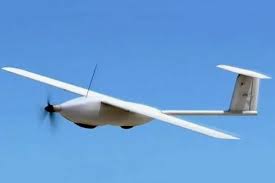 | 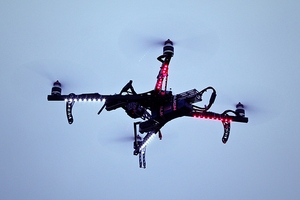 |  |  |  |
Possible uses
- Readings from metering devices (gas meters, water, heat, electricity). A man walks around the porch with a smartphone on and collects data.
- Sensors that collect information about the railway. goods, vehicles, etc.
- Collection and transmission of information on radiation background or chemical pollution, as well as other characteristics (temperature, pressure, wind strength, etc.).
- Sound and photo / video fixation of certain events: offenses, observation of the terrain, intelligence activities.
- Banal e-mail in those remote places where there is traffic or small aircraft flies, but there is no Internet (developing countries).
Necessary toolkit
- The postman program for different operating systems: Android, iOS, Linux, Windows, etc.
- Client libraries for Arduino-like low-power devices or devices based on Raspberry Pi and others. As well as for notebook and desktop OS.
Finally
I think many serious players are developing projects today to expand access to the Internet. An example is Google Loon . The theme of the “Internet of Things” will be developed soon.
Actually, I would like to know the opinion of the community if there is any sense in the development and standardization of software for voiced applications, and also to invite those who wish to participate in this project.
Source: https://habr.com/ru/post/218963/
All Articles